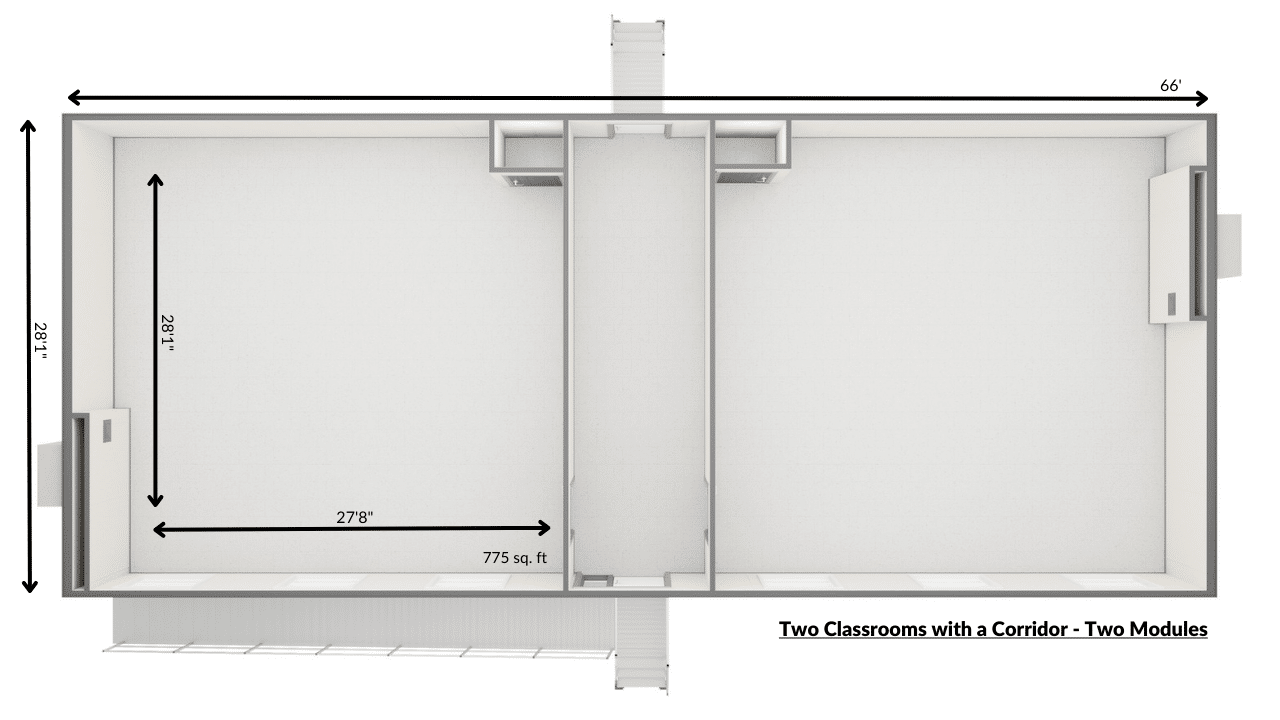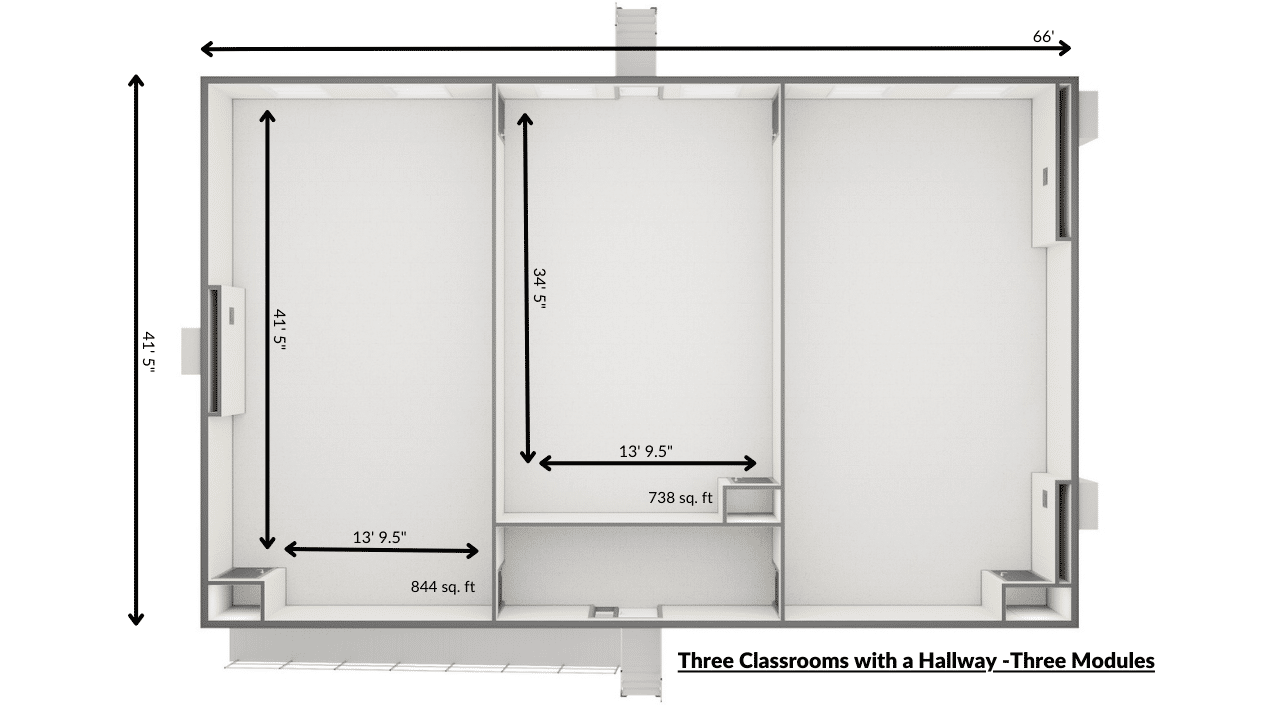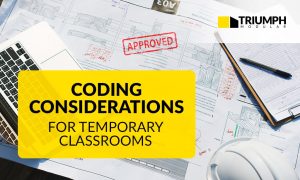How Much Does a Portable Classroom Cost in 2026? Full Breakdown for Schools
Overcrowding, renovations, or sudden enrollment spikes — schools face space crises every year. Portable classrooms solve this fast. But cost is the #1 question we hear from superintendents and facilities directors in ME, NH, MA, NY, PA, and beyond.
At Triumph Modular, we’ve delivered hundreds of modular classrooms across the Northeast and Mid-Atlantic. This guide breaks down every cost factor — temporary vs. permanent, size, site work, integration, and more — so you can budget with confidence.
6 Key Factors That Determine Portable Classroom Cost
- Temporary or Permanent? Lease monthly or buy outright
- Size & Layout From 1 to 8+ classrooms
- Site Prep & Utilities Foundation, grading, hookups
- School System Integration Security, fire, HVAC tie-ins
- Design Complexity Basic vs. campus-matched architecture
- Lease Term (if renting) Longer = lower monthly rate
1. Temporary vs. Permanent Portable Classroom
Short-term need? Lease a modular classroom with flexible monthly terms, plus setup and removal.
Long-term solution? Purchase a permanent modular building — includes foundation, delivery, and full installation.
Download our free Lease vs. Buy Guide to compare total cost of ownership.
2. Size & Classroom Configuration
Standard modules are 14’ wide. Common layouts:

Two modules = two 775 sq ft classrooms + corridor

Three+ modules = multi-classroom complexes with restrooms and offices
Larger footprints and custom configurations increase total investment — but scale efficiently per student.
3. Site Preparation & Utility Connections
Site work often rivals the building cost. Full turnkey projects include:
- Foundation: Precast blocks, grade beams, or helical piles (soil-dependent)
- Grading & Paving: ADA ramps, walkways, curbs, parking
- Utilities: Water, sewer, electric, data, fire alarm
- Landscaping: Playscapes, fencing, campus integration
4. Integration with Existing School Systems
New classrooms must sync with your campus:
- Security systems (cameras, keycards)
- Fire suppression & sprinklers
- HVAC zoning
- IT/network backbone
Upgrades to existing infrastructure may be required for code compliance.
5. Design Complexity & Customization
Basic modular = fastest, most budget-friendly.
Premium modular = brick veneer, sloped roofs, interior finishes to match your main building.
Add-ons like covered walkways, canopies, or science lab prep increase scope and timeline.
6. Lease Duration (For Rentals)
Longer lease terms = lower monthly rates.
High-demand seasons (summer) = tighter availability — lock in early.
Modular vs. Traditional Classroom Construction: Cost Comparison
Modular isn’t always the lowest upfront option — but it’s the most predictable.
Traditional builds face weather delays, labor shortages, and change orders.
Modular classrooms are 90% factory-built — reducing risk, timeline, and surprises.
Result: Modular projects finish 30–50% faster with fewer budget overruns.
Ready to Plan Your Portable Classroom Project?
Every campus is unique. Get a custom quote based on your headcount, timeline, and compliance needs.
Serving ME, VT, NH, MA, RI, CT, NY, NJ, PA, OH, MI



